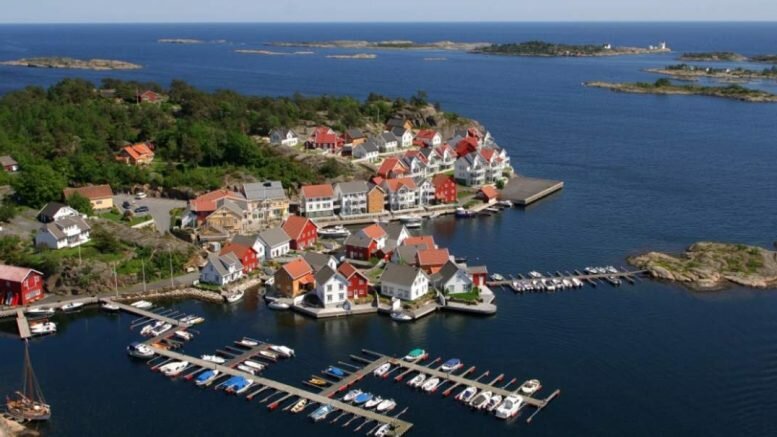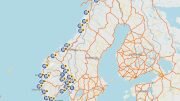The Soaring Prices Of Norway’s Seaside Homes
Norway’s coastal homes are a hot commodity. The unparalleled beauty of 63,000 miles of fjords, bays, and island shores make second-homes on the shore highly sought after. As a result, the average price of seaside cabins has increased by nearly 28% since 2014, reaching NOK 2.46 million ($300,000) in 2018, according to a recent report by Property Norway, FINN, and Eiendomsverdi. Although extensive building regulations on the coastline also mean new-build seaside homes are scarce, interested buyers can look forward to an expected dip in prices.
The priciest locations
You’ll find Norway’s most expensive coastal homes in the municipality of Færder where prices averaged NOK 5.225 million in the year to June 2018 — a 25.1% increase on the same period in 2014, the report details. The Oslofjord is also home to costly seaside cabins. Moreover, mountain cabins are proving to be an affordable alternative — they’re 39.9% cheaper on average. As a result, 10,000 new units are planned for popular mountain resorts, including, Hemsedal, Trysil, and Kvitfjell.
A fluctuating market
Norway’s second-home market has been anything but stable over the last ten years. The financial crash and 2013’s stricter regulations on lending resulted in significantly fluctuating prices. However, historically low interest rates are thought to be behind a recent spurt in growth, which is now just leveling out. In January to June of 2018, house prices rose by 2.5%, compared to 7.5% in January to June of 2017, the report found. Prices are expected to plateau.
Attracting buyers
Real estate agents are making sure they’re implementing effective marketing strategies to attract the right buyers. In particular, they emphasize owning a seaside home being about the complete lifestyle. Cabins are often described as “cozy” and being “very connected with boat life”, says Marius Giskeodegard, partner at Proaktiv. “It’s a lot of fishing, swimming, waterskiing, seafood, lobster and late nights with friends eating out with the open sky”. And what about attracting overseas buyers? While foreign ownership is legally fine, agents agree Norway’s summers can’t compete with other countries’.
Sales of Norway’s seaside homes actually fell last year. There was a 7.3% drop in May and June 2018 compared to the same period in 2017. However, this downturn is thought to be no more than the result of abnormally cold temperatures. “There was still snow in places in May,” Christian Vammervold Dreyer, editor of the report explains adding: “And sales picked up in July and August”. Sales of Norway’s coastal homes are still soaring long-term.
This article is written by our contributor, Karoline Gore, to be shared with the esteemed readers of Norway Today. Karoline is a freelance writer and editor.
© Karoline Gore / #Norway Today





